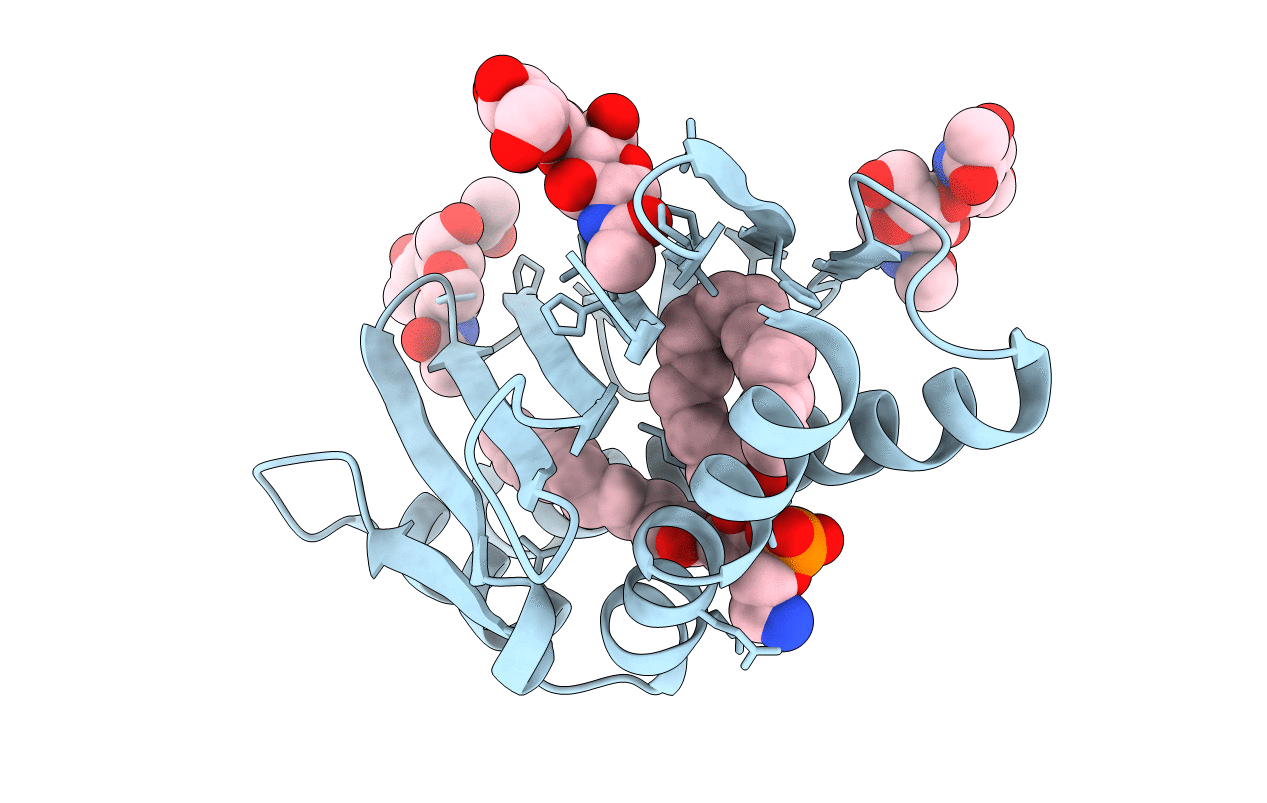
Deposition Date
2002-03-20
Release Date
2002-06-26
Last Version Date
2024-11-06
Entry Detail
PDB ID:
1L8J
Keywords:
Title:
Crystal Structure of the Endothelial Protein C Receptor and Bound Phospholipid Molecule
Biological Source:
Source Organism:
Homo sapiens (Taxon ID: 9606)
Host Organism:
Method Details:
Experimental Method:
Resolution:
2.00 Å
R-Value Free:
0.21
R-Value Work:
0.19
Space Group:
P 31 2 1


